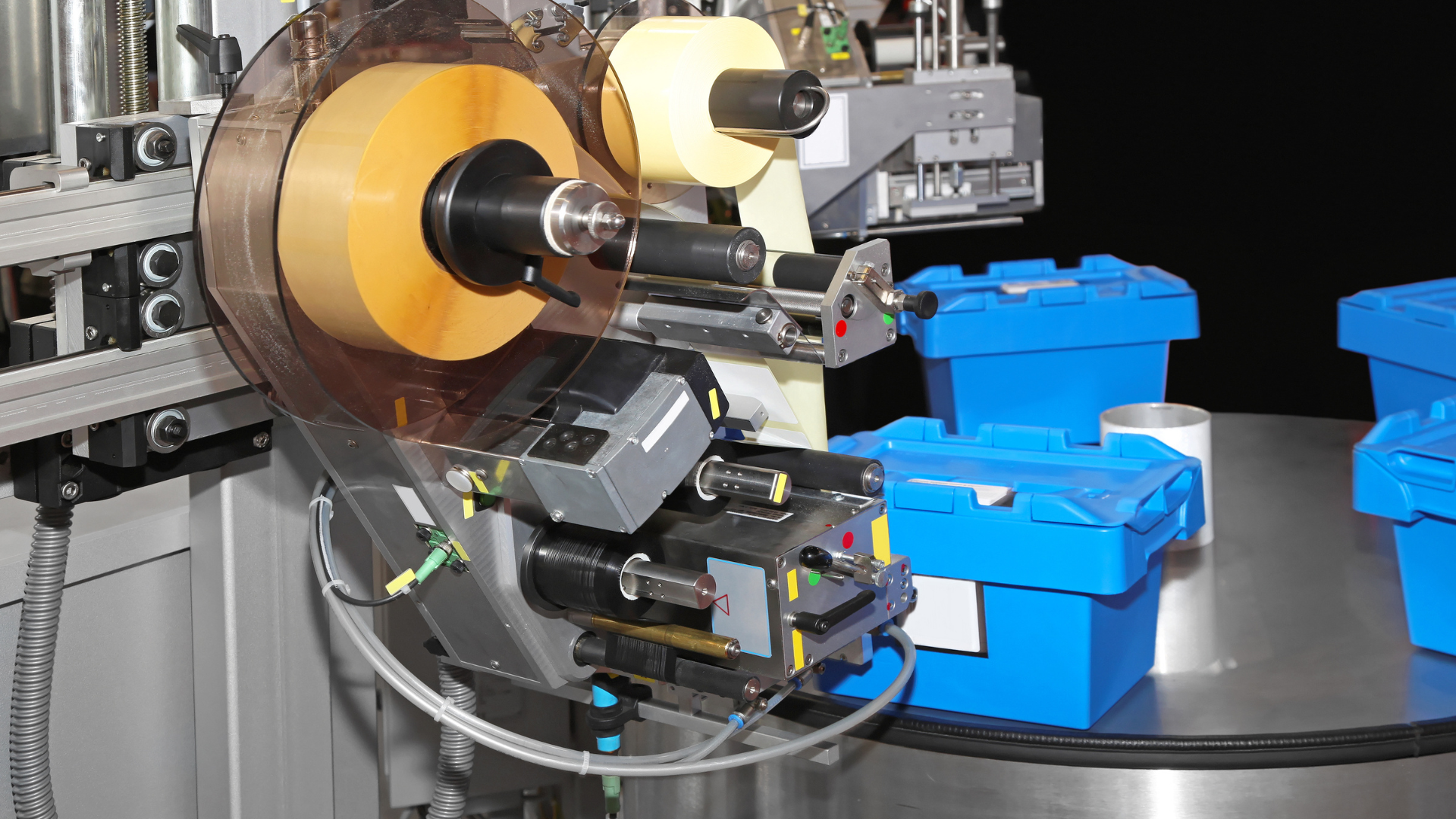Warehouse and Distribution is a tough job, and it’s getting tougher. Keeping a warehouse or distribution center running requires a lot of people, and each person has their own job to do. That means a lot of communication is needed to keep everyone on the same page. Distribution logistics is the art and science of moving products from point A to point B in a safe, timely, and cost-efficient manner. This is usually done through different means of transportation, including trucks, trucks, trains, planes, and boats.
How is Logistics Technology Impacting Warehouse and Distribution?
Technology continues to redefine the way businesses operate in nearly every industry, and nowhere is this more evident than in warehousing and distribution. The introduction of software (from Datapel Systems and other software providers of the like) has enhanced the management capabilities of warehousing and logistics companies. Likewise, the use of robotics has quickened different processes involved in the storage and transfer of goods in warehouses.
According to a recent survey from IHS Markit, 43% of respondents said their companies were currently using robotics technology in their warehouses. This represents a marked increase from 23% of participants last year and much more than the 18% of companies using robots in 2015.
Impact of the rise of e-commerce and non-store retailing
The e-commerce and non-store retailing landscape are evolving rapidly as businesses adopt technology and up their game to compete for customers in a fiercely competitive marketplace. As businesses look for a competitive edge, they look for ways to innovate and adopt technology to improve efficiency, reduce costs, and strengthen their position in the marketplace. Whether companies are just starting or are familiarizing themselves with the current landscape, logistics technology presents numerous opportunities for growth. Point-of-sale (POS) and e-commerce have revolutionized the traditional retail industry. These changes are noticeable in the technology warehouse and distribution industry as well. E-commerce systems, for example, allow companies to place orders online for their customers’ convenience. Companies also rely on POS systems to track inventory and customer purchases. Warehouses and distribution centers rely on scanners and barcode readers to track products.
Tracking software allows for improved communication and accuracy.
The warehouse and distribution field has seen some big changes thanks to technology. It’s all about getting products, parts, and materials from one spot to another, often where folks like us use them. In this industry, companies are using a bunch of tech tools to make things run smoother, work better, and make more money. Warehouses and distribution centers need special computer programs to do their jobs right. Some software, like logistics management systems, helps keep track of shipments, what’s in stock, how things are moved around, and money stuff like accounting. Then, there’s software like Proof of delivery software that helps keep records and organize info about deliveries. It’s all about making things work like a well-oiled machine.
Vehicle efficiency has improved, so the supply chain has too.
The supply chain is changing, and it’s changing fast. This is primarily thanks to the growing use of warehouse management systems, which enable logistics and supply chain professionals to track and manage their inventory and shipments, reduce errors, and streamline operations. Warehouse management systems, or WMS, have been around since the 1980s, but they’ve become increasingly advanced in recent years. These are powerful tools that can help in optimizing your supply chain by streamlining warehouse operations, improving inventory management, and enhancing order fulfillment processes. In addition to standard warehouse management functionality, such as inventory tracking, these newer systems are also integrated with other logistics technology to improve the supply chain through the use of artificial intelligence (AI), the Internet of Things (IoT), and blockchain.
Real-time data allows for improved costumers service and higher satisfaction levels.
Warehouses are not just responsible for storing products; they also provide essential services. Warehouses efficiently manage large flows of goods, and they can respond to unexpected requests and demands by reacting to events in real-time. This can be achieved with the help of real-time data solutions. Real-time data solutions, also known as real-time data integration (RDI), help warehouses lower their costs, improve customer service and boost productivity. RDI software helps warehouses quickly respond to incoming requests, process requests, and streamline communication. It is not just limited to warehouses but has extended beyond to fields like construction. With the help of construction site logistics software, contractors, builders, and customers all have immediate access to the updates and developments regarding their property. Real-time data solutions can help warehouses automate specific processes, such as auditing, supply chain optimization, scheduling, and inventory management.
Route planning in-cab technology improves driver safety and allows for optimized routes.
Logistics technology improves the supply chain, enabling shippers and receivers to receive products and increase customer satisfaction effortlessly. Shippers and receivers have the information they need to act upon by providing real-time updates and communications. GPS navigation allows drivers to program the most efficient route, reducing wasted time and fuel costs. This improves productivity while ensuring safety for drivers.
A logistics technology impact evaluation provides a comprehensive evaluation of your current transportation process versus your transportation and logistics organization’s needs as it grows, changes, and adapts to a changing business climate. The review includes an analysis of your transportation management system, including a transportation management system (TMS) assessment and a review of the various vendors used.









